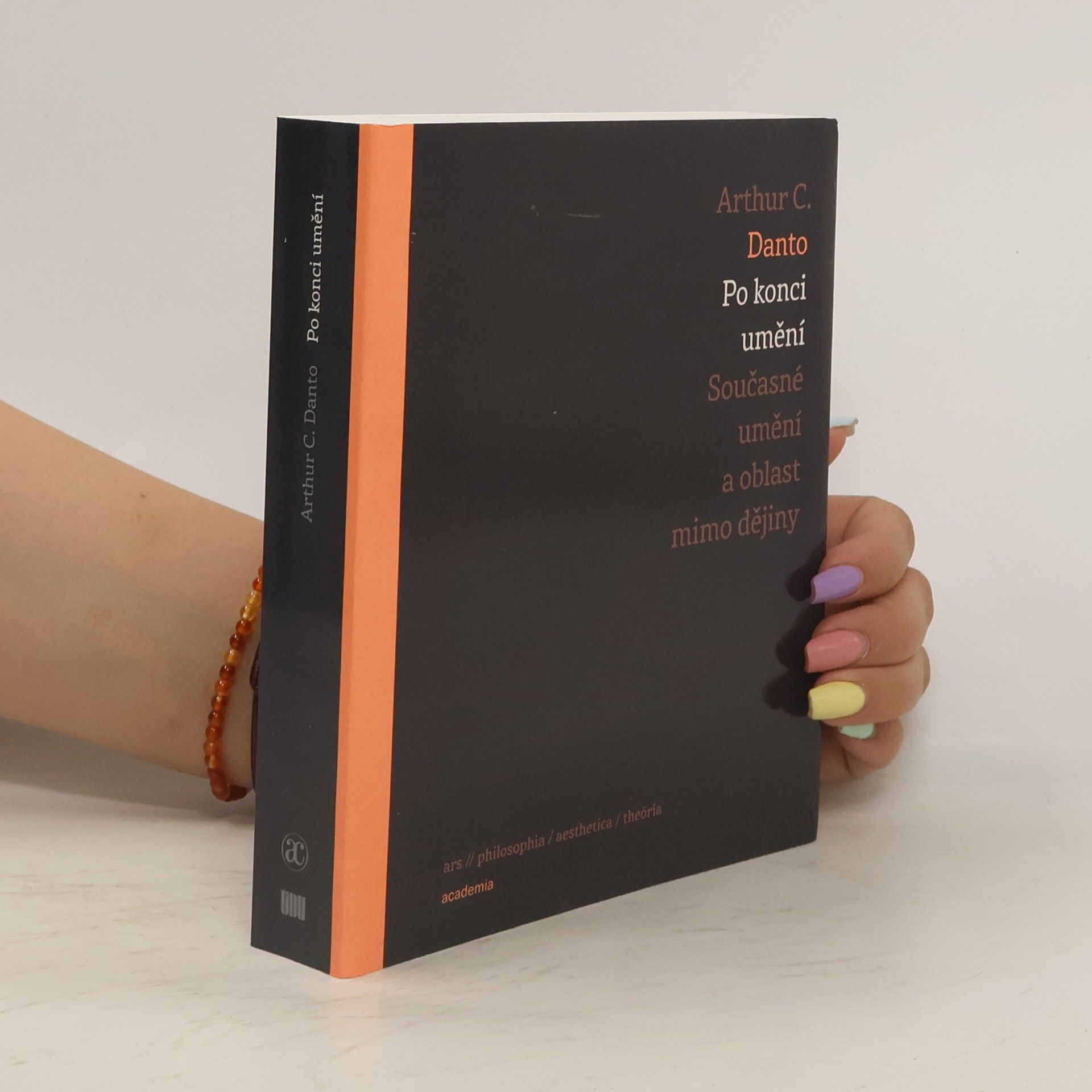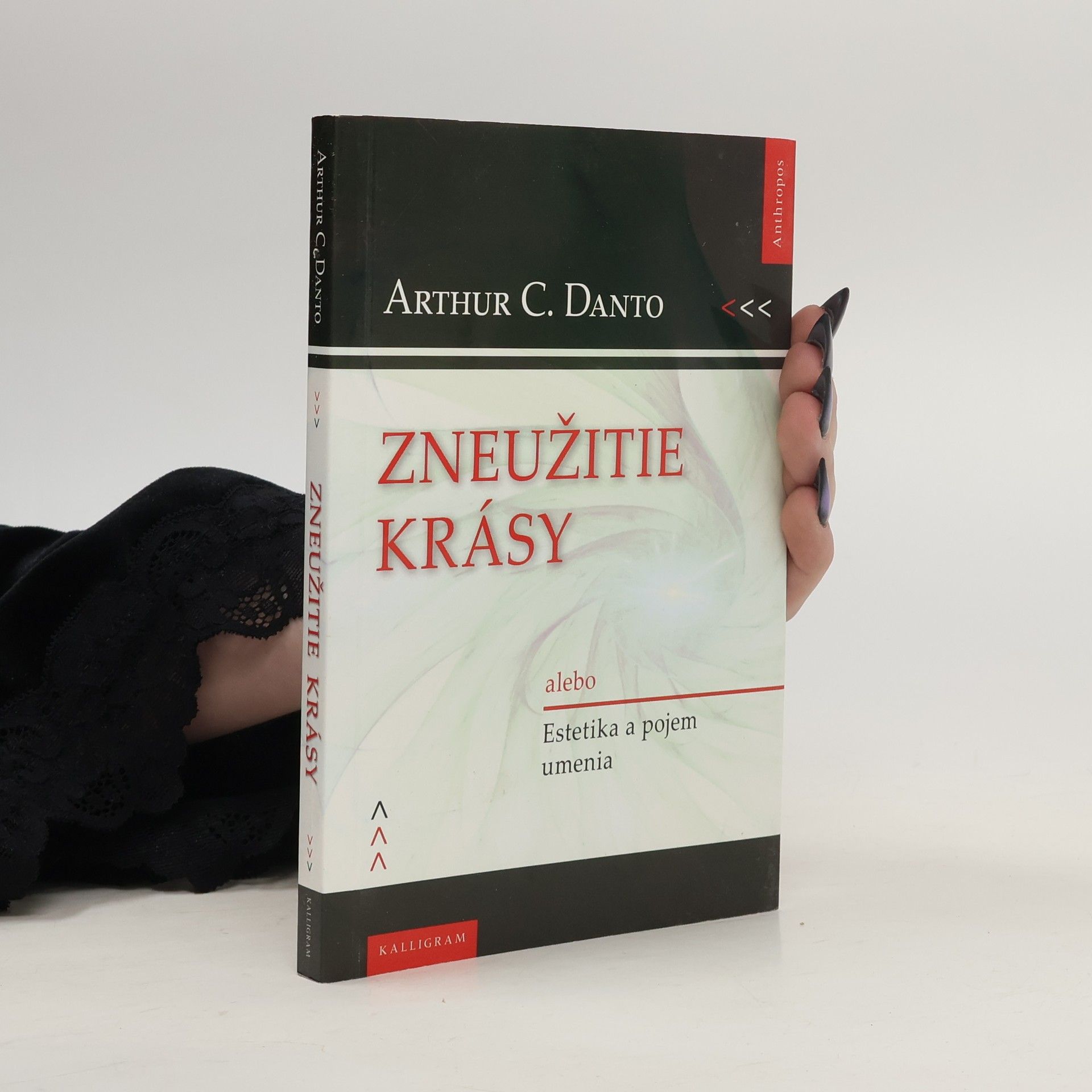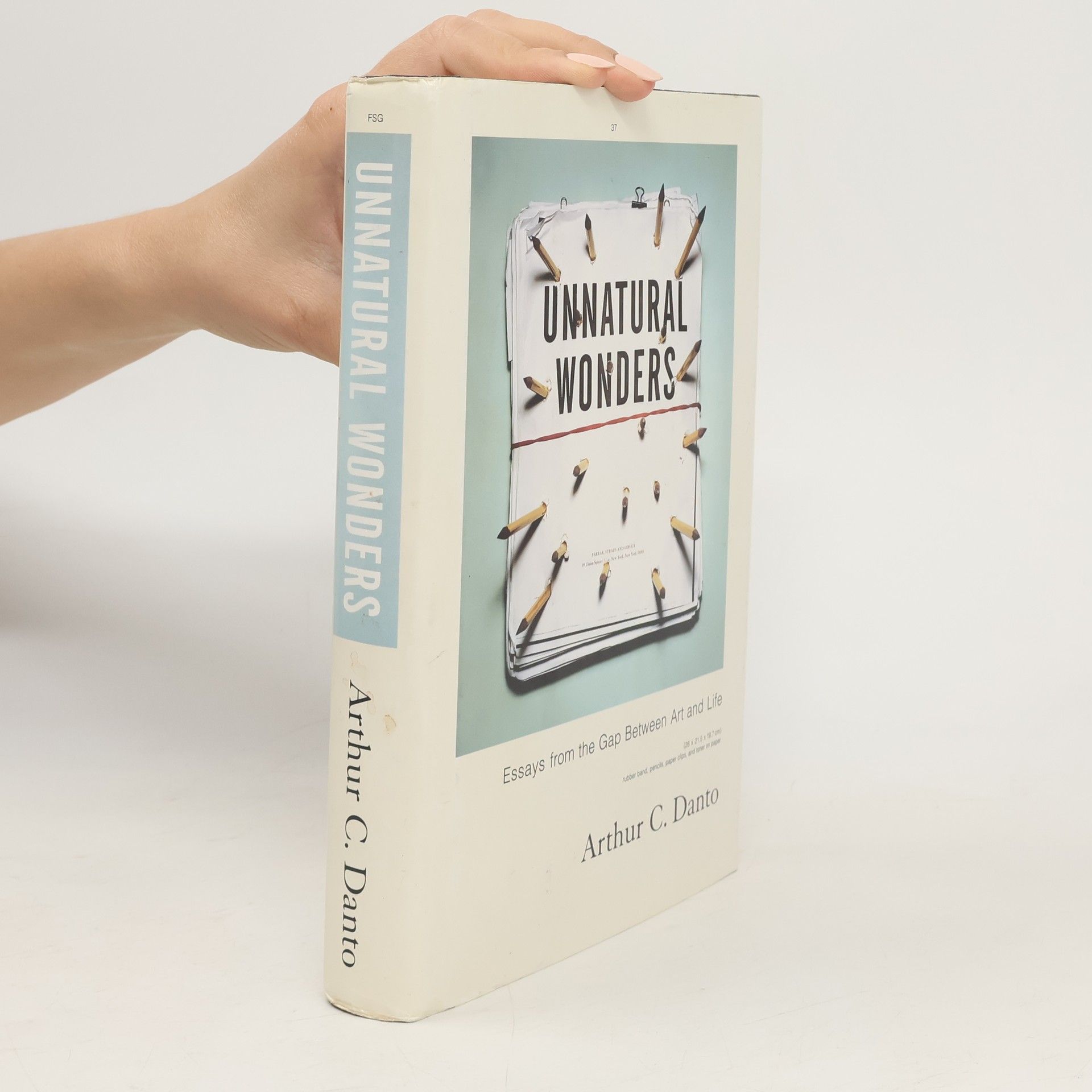Zneužitie krásy, alebo, Estetika a pojem umenia
- 208 stránok
- 8 hodin čítania
Prvý preklad textov svetoznámeho filozofa a kritika umenia Arthura C. Danta do slovenčiny. Autor v knihe vychádza z pojmu krásy, ktorý je pevne zakotvený v estetickej teórii a filozofii umenia a pýta sa na jeho relevantnosť vo vzťahu k dianiu na poli súčasného výtvarného umenia. Je možné vnímaťho a definovať ako krásne alebo sú potrebné iné formy prístupu? Erudované úvahy Danto ilustruje príkladmi a analýzami diel Marcela Duchampa, Andyho Warhola, Roberta Motherwella, Barnetta Newmana a ďalších „heretikov“. Pritom vychádza z tvrdenia, že moderní umelci majú legitímne právo odmietnuť krásu, na druhej strane zároveň podčiarkuje potrebu krásy v ľudskom živote, a preto aj v umení. Dantova pútavá filozofia umenia je napísaná pozoruhodným a prístupným jazykom a okrem odborníkov určite zaujme aj prívržencov súčasného umenia.





